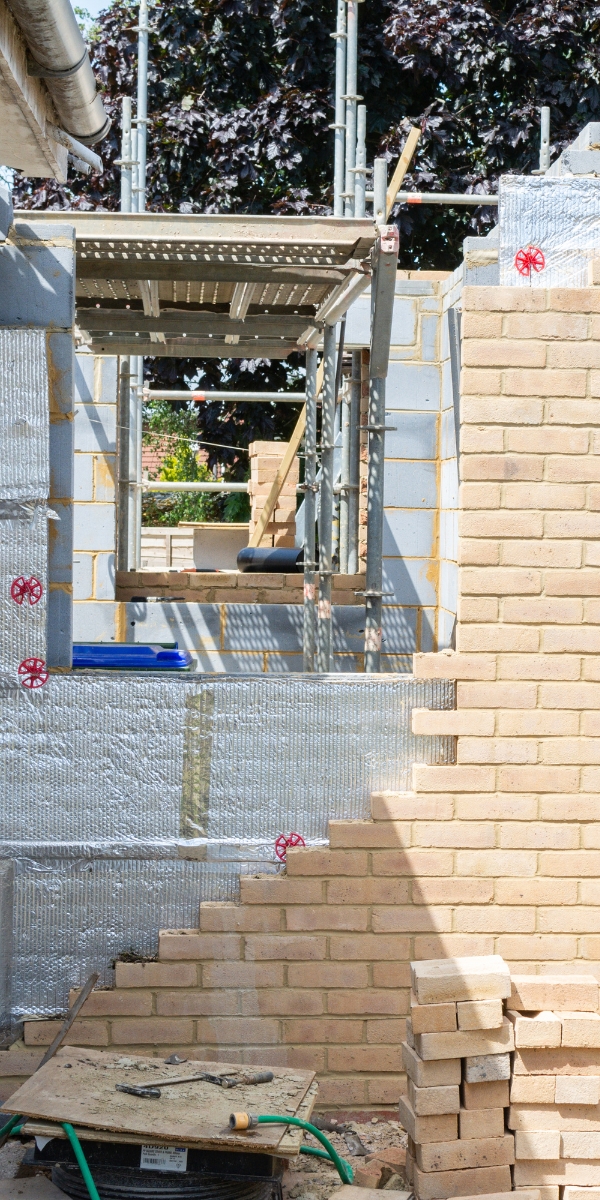Fix & Flip Loans
Fix & Flip Loans from Spark Lending
Spark Lending is here to be your reliable financing partner for funding your next fix & flip project. We understand that finding the right financing for your fix & flip project can often be overwhelming. That's why at Spark Lending, we are committed to simplifying the process by providing a variety of flexible bridge loan options tailored to your specific needs.
Whether you require a 70% loan-to-value (LTV) loan, an 80% loan-to-cost (LTC) loan, or a 75% LTV loan, we have you covered. Let us assist you in unlocking the potential of your property flipping endeavors with the ideal financial solution.
Loan-to-Value (LTV) Loans
Loan-to-value (LTV) is a term that describes the relationship between the loan amount and the total value of a property. Let's say you find a fixer-upper house with an after-repair-value (ARV) of $250,000 and get a 70% LTV loan. In this case, you'll borrow a maximum of $175,000 from the lender. The $175,000 loan is designed to cover both the purchase price and repairs required, with an amount over coming out of pocket. This percentage is beneficial for lenders as it provides a cushion in case the borrower can't repay the loan, given that the loan is less than the property's total value.
For fix and flip properties, LTV is particularly important. By maintaining a gap between the loan amount and the property value, it ensures there's room for profit once the property is renovated and sold. Additionally, if things don't go as planned and the property doesn't sell at the expected price, there's a higher likelihood of being able to pay off the loan.
At Spark Lending, we understand the diverse needs of property flippers. That's why we offer two LTV loan products designed to support your venture. Each product is subject to qualification criteria, which can be found in our product guidelines.
Try Our Cash-to-Close Calculator
Loan-to-Cost (LTC) Loans
Loan-to-cost (LTC) is a financing metric that quantifies the relationship between the amount of a loan and the total cost to acquire and renovate a property. Let's break it down with an easy example: Imagine you find a property for $100,000 and expect to spend an additional $20,000 on renovations. This brings your total project cost to $120,000. If you opt for an 80% LTC loan, the lender would provide you with 80% of the purchase price ($80,000) and 100% of the rehabilitation price ($20,000) - a total of $100,000 of funding, with the remaining $20,000 coming out-of-pocket.
For fix and flip investors, understanding LTC is crucial. It provides a clear picture of how much personal capital or other financing sources you'll need to invest in the project. The higher the LTC percentage, the less out-of-pocket cost you might have, but it also means you're borrowing more, which can influence your profit margins and risk.
Spark Lending is dedicated to offering flexible financing tailored to the unique challenges of property flipping. With our varied LTC lending solutions, qualified borrowers choose from an 80% LTC loan for a good balance between borrowing and out-of-pocket costs, an 85% LTC loan for those times when you might need a bit more leverage, or even a 90% LTC loan for when your project requires maximum financing support. Whatever your project demands, Spark Lending has an LTC solution to power your property flipping ambitions.

Questions on Loan Products?
Our team of dedicated lending professionals are ready to assist you with solutions for fix & flip funding, transaction loans, refinancing options and more.
CONTACT SPARK LENDING
